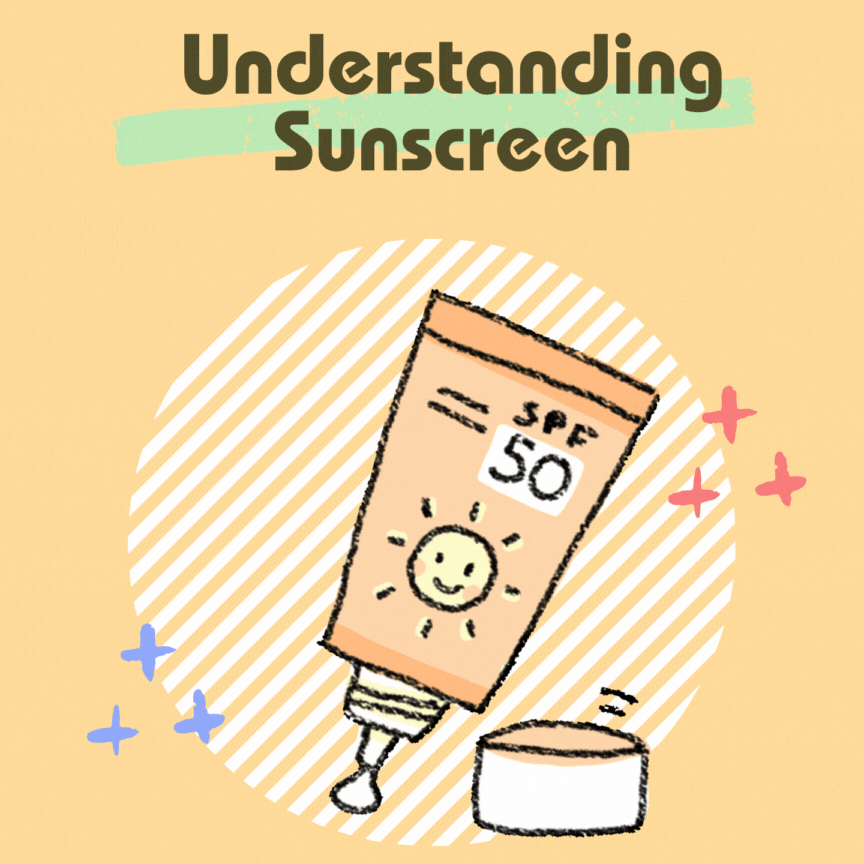
Understanding Sunscreen Your Ultimatum Sun Protection Guide
As we bid adieu to the chill of winter and welcome the warmth of spring and summer, our days are not just getting longer—they’re also getting brighter. It’s that time of year when the sun kisses the earth a bit more fervently, and while that’s great for our Instagram feeds and vitamin D levels, it also means it’s high time to chat about protecting our skin. If you’ve been a bit lenient with your sunscreen game in the colder months, no judgment here! But as the UV index climbs, it’s crucial to bring sunscreen back into the spotlight of your daily routine.
A Tale of Two Rays: Understanding UVA and UVB
First off, let’s get to know our sunny duals: UVA and UVB rays. Imagine them as the dynamic duo of sunlight, each with distinct effects on our skin.
- UVA Rays: These rays penetrate deeply into the skin, causing long-term damage such as ageing, wrinkles, and some types of skin cancers. They are present with relatively equal intensity during all daylight hours throughout the year and can penetrate clouds and glass.
- UVB Rays: UVB rays are the main culprits behind sunburn and play a significant role in developing skin cancer. Their presence is stronger in summer and can vary by location, time of day, and season.
This variance in UV radiation underscores the importance of broad-spectrum sunscreen, which offers protection against both UVA and UVB rays, shielding the skin from immediate damage and long-term health risks.
Sunscreen Decoded: Making Sense of Labels
Understanding sunscreen labels is akin to learning a new dialect of health and safety. Among the most crucial terms to comprehend are SPF and the various symbols and ratings indicating UVA protection.
- SPF (Sun Protection Factor): SPF measures the fraction of UVB radiation that reaches the skin. For example, SPF 30 means 1/30th of the burning radiation will reach the skin, given the sunscreen is applied evenly and in sufficient quantity. The number indicates the time you can stay in the sun without getting sunburned, relative to how long you could stay without protection. However, it’s a common misconception that there is no big difference between higher SPF protection. In reality, SPF 30 blocks about 96.7% of UVB rays and SPF 50 blocks about 98% while they may look similar using SPF 50 will reduce the amount of rays getting to your skin by a third of the amount which is huge.
- UVA Protection: In many sunscreens, you’ll find ‘UVA’ in a circle, indicating compliance with the European Union’s recommendation for UVA protection. This symbol means the UVA protection is at least a third of the SPF value, offering a good level of protection against UVA rays.
- Asian Sunscreen Ratings – PA System: Asian sunscreens often feature a PA rating followed by plus signs (from + to ++++). This rating system measures the amount of protection the sunscreen offers against UVA rays. More plus, More protection.
Navigating the Spectrum: Mineral, Chemical, and Hybrid Sunscreens
On one side, we have mineral (physical) sunscreens, which include ingredients like zinc oxide and titanium dioxide. These guys are like the protectors in shining armor; they sit on top of your skin and deflect harmful UV rays away like little shields. They’re great for sensitive skin or for those who are looking for a more natural approach. However, their armor can sometimes leave a white cast on the skin, especially noticeable in deeper skin tones, though newer formulations are much improved in blending seamlessly.
On the other side, we have chemical sunscreens. These are like the undercover agents of sun protection, absorbing UV rays. They’re usually lighter on texture, can be easily applied without leaving any residue, and are perfect for daily use under makeup. But, they might not be the first choice for those with sensitive skin, as some ingredients can cause irritation or discomfort although new filters can be tolirates by many people with sensitive skin.
Then, we have the best of both worlds – hybrid sunscreens. These formulations combine the strengths of both mineral and chemical sunscreens, offering broad-spectrum protection with minimal risk of irritation and without leaving much of a white cast. They’re designed to be gentle enough for sensitive skin while providing the almost invisible finish that many people prefer.
Finding Your Sunscreen Soulmate
When it comes to selecting the right sunscreen, consider not just SPF but also the formulation that aligns with your skin type and lifestyle. If you have sensitive skin, a mineral or hybrid sunscreen might be your best bet. If you’re looking for something lightweight for everyday use or you have have a deeper skin tone, a chemical formulation could be the way to go. Aim for at least SPF 30 and if you’re someone with sensitive skin, prone to burns, or just want to stay on the safe side, SPF 50 is your BFF for better protection.
Remember, the best sunscreen is the one you’ll actually enjoy using—be it lotion, spray, ora day moisturiser with SPF. So, find your match, and make slathering it on as routine as checking your phone in the morning. Your skin (and future self) will thank you! Remember to always reapply every two hours as long as you are outdoor or next to a window for a long time.
In True Glassy we make it easier for you to find Suncreen that are Mineral, Chemical or Hybird you can also filter products with your preferred ingredient using detailed search featureAt True Glassy, we simplify the search for your perfect sunscreen, whether you prefer mineral, chemical, or hybrid types. Plus, with our detailed search feature, you can effortlessly filter products based on your favorite ingredients, making it easier than ever to find exactly what you’re looking for.
Download the App

